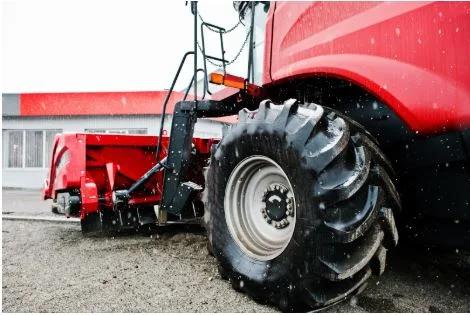How Industrial Fans Increase Energy Efficiency And Airflow In Huge Areas
For factories, warehouses, workshops, and other big facilities to remain pleasant and productive, efficient air circulation is crucial. Industrial fans are among the best instruments for reaching this equilibrium. These strong systems are made especially to transport large amounts of air across large spaces, enhancing ventilation, cutting down on energy use, and maintaining constant temperatures throughout the room.
Recognising Industrial Fans’ Function
Industrial fans are essential for preserving air quality and encouraging circulation. They are designed to function and last under demanding circumstances, in contrast to typical home fans, which are made for smaller spaces. They are perfect for big facilities since they can run constantly and manage high air volumes.
These fans aid in controlling humidity levels, moving fresh air around, and getting rid of stagnant areas. Appropriate ventilation is essential to preventing overheating and guaranteeing worker comfort in industrial facilities and warehouses where equipment produces heat. This is accomplished by industrial fans, which provide cooling benefits during warmer months and redistribute warm air during colder months.
Improving Airflow In Big Buildings
Air distribution presents a special issue in large rooms. Hot and cold patches arise when there is inadequate circulation, which may cause discomfort in certain places and impair the functionality of equipment that is sensitive to temperature. By dispersing air across the room uniformly, industrial fans provide a useful alternative.
For this, high-volume, low-speed (HVLS) fans are a common option. They move enormous volumes of air at slow spinning rates to provide a soft breeze that improves comfort without producing drafts. This kind of fan minimises clutter and eliminates the need for several smaller units by ensuring that every area of a warehouse or manufacturing floor gets constant airflow.
Additionally, industrial fans may greatly increase efficiency when used in conjunction with current HVAC systems. Because of the circulating air, the temperature is consistent, requiring less effort from heating or cooling systems to maintain the required levels.
Cutting Energy Expenses With Intelligent Air Circulation
One of the strongest arguments for purchasing industrial fans is their energy efficiency. These fans improve air circulation, which lessens the need for heating and cooling systems, which are often the biggest energy users in big buildings.
By increasing air flow, fans have a cooling impact throughout the summer, enabling building managers to adjust thermostat settings without compromising comfort. They may be operated in reverse during the winter to improve heat distribution by forcing warm air that builds up close to the ceiling back down to the floor.
This method, called destratification, is quite good at cutting down on energy waste. According to studies, employing industrial fans for effective destratification may save heating expenses in big buildings by up to 30%. Fans are now a wise financial decision in addition to being a comforting investment thanks to these savings.
Enhancing Worker Comfort And Air Quality
Industrial fans improve air quality in addition to controlling temperature and conserving energy. They aid in the removal of airborne particles, dust, and odours that often build up in expansive industrial settings. By lowering the chance of respiratory problems and improving general well-being, this constant air movement makes the workplace healthier.
Employees who are comfortable in their surroundings are more productive and are less prone to experience weariness brought on by temperature changes or poor air quality. By preserving steady circulation and avoiding the formation of stagnant air pockets, industrial fans are essential to reaching this equilibrium.
Selecting The Appropriate Industrial Fan
A number of variables, such as the facility’s size, ceiling height, airflow needs, and current ventilation systems, influence the choice of fan. Axial or centrifugal fans could be more appropriate for ducted systems or focused ventilation, while HVLS fans are best for expansive open areas.
Maintenance needs, energy ratings, and noise levels should all be taken into account. In order to further improve energy economy, modern industrial fans often include sophisticated motor designs and control systems that enable automated operation and varied speeds.
Consulting with a qualified ventilation specialist guarantees that the chosen fan system satisfies the facility’s particular requirements while adhering to energy and safety regulations.
Conclusion
Industrial fans are essential parts of a facility’s environmental management plan and are more than simply air movers. These fans help create a more secure, effective, and pleasant work environment by encouraging steady airflow, lowering energy use, and enhancing air quality.
Investing in industrial fans is a wise, long-term, sustainable option that benefits performance and productivity for big facilities looking to strike a balance between comfort and cost-effectiveness.






